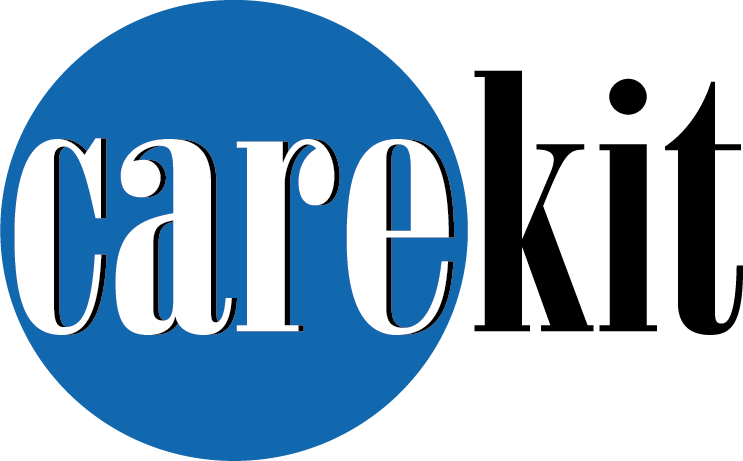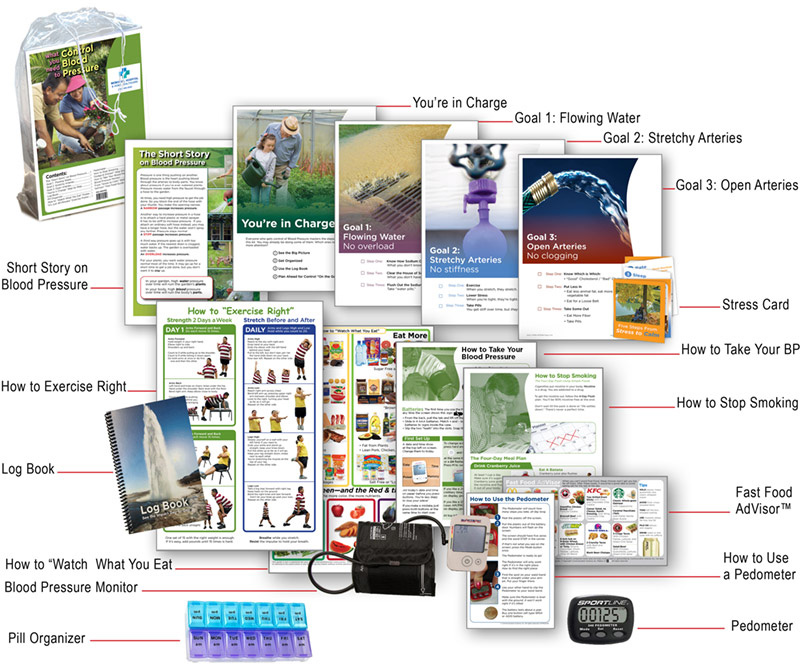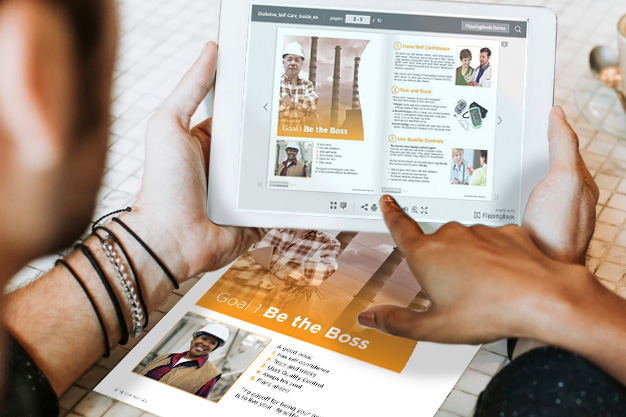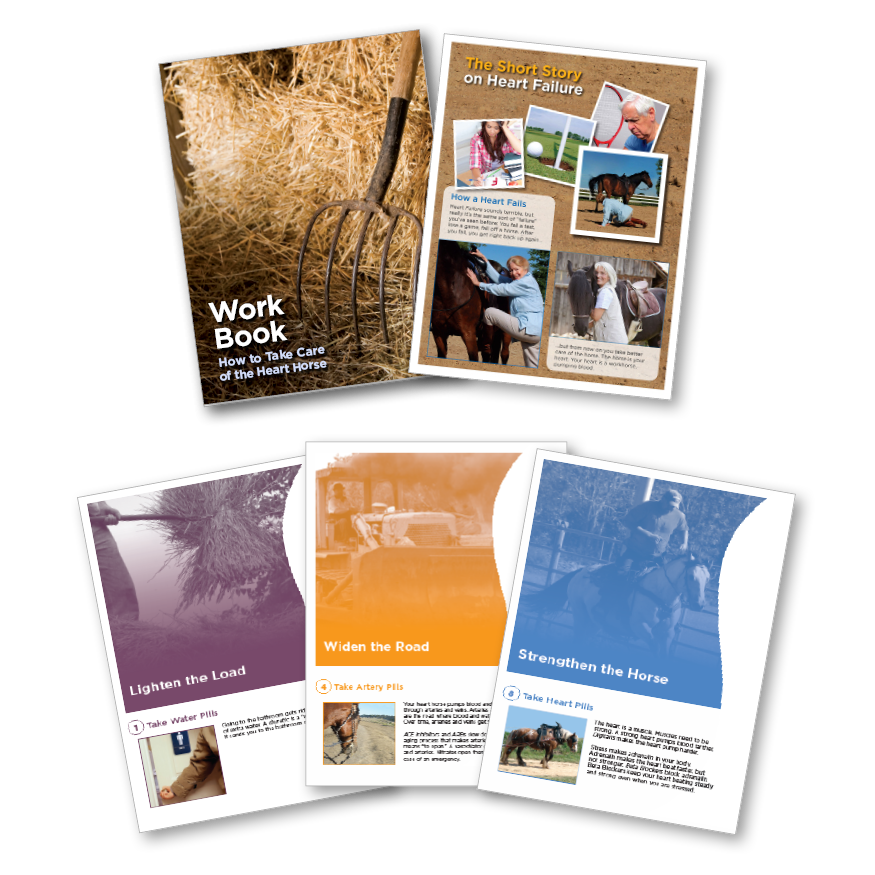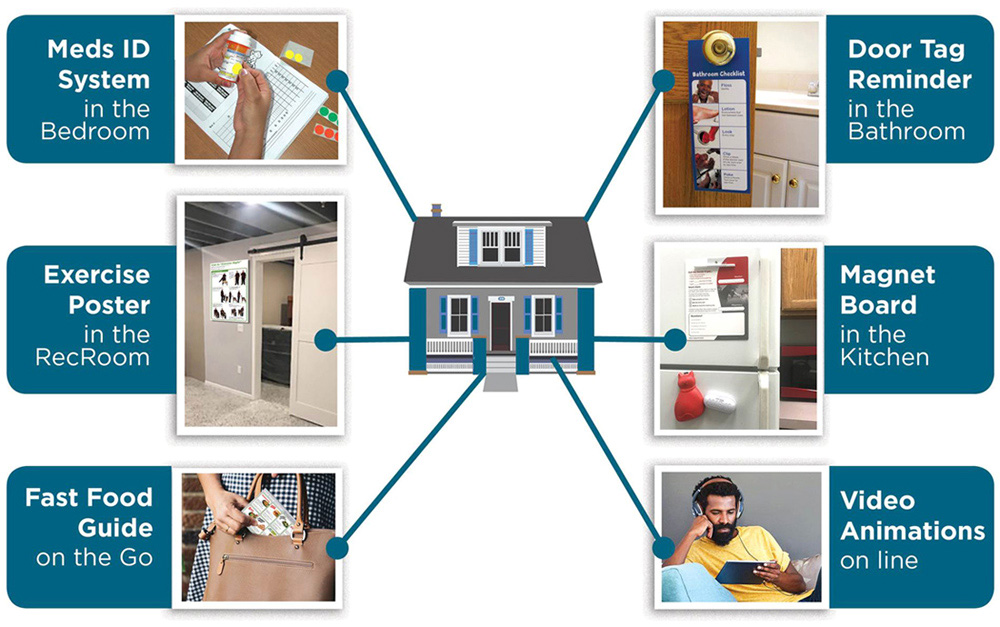A Care Kit has everything a patient needs for self-care in one place, including a step by step curriculum, reference tools, and clinically vetted devices patients need to comply with their care plan.
Each Care Kit is designed based on the proven science of adult learning combined with the clinical standards of care for each condition. This makes them engaging, in language they will understand and formats they will use, so they can get on with their life.
Patients have a better chance of staying out of the hospital with Care Kits. As much as 74% better – say fourteen tests at major medical institutions!
